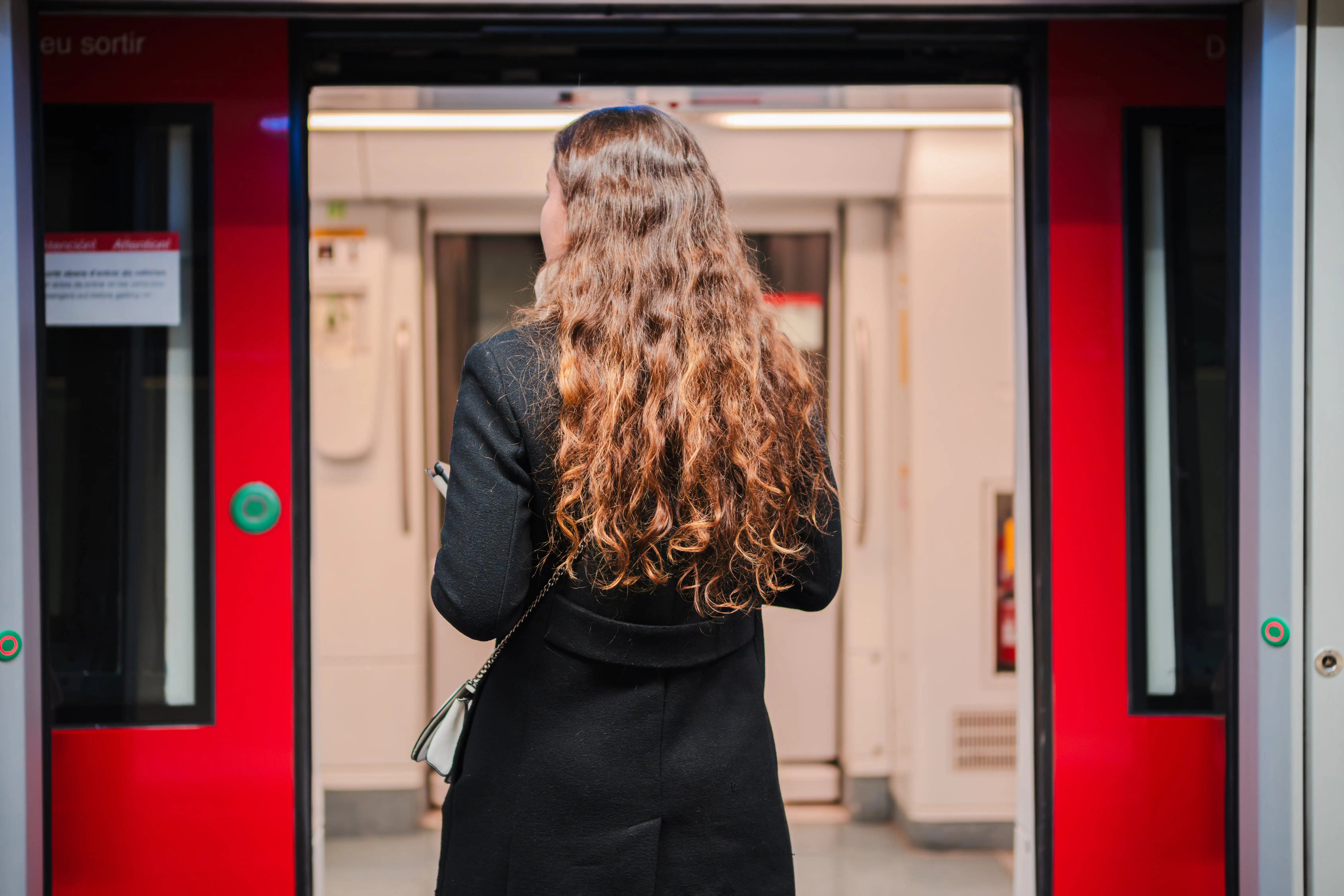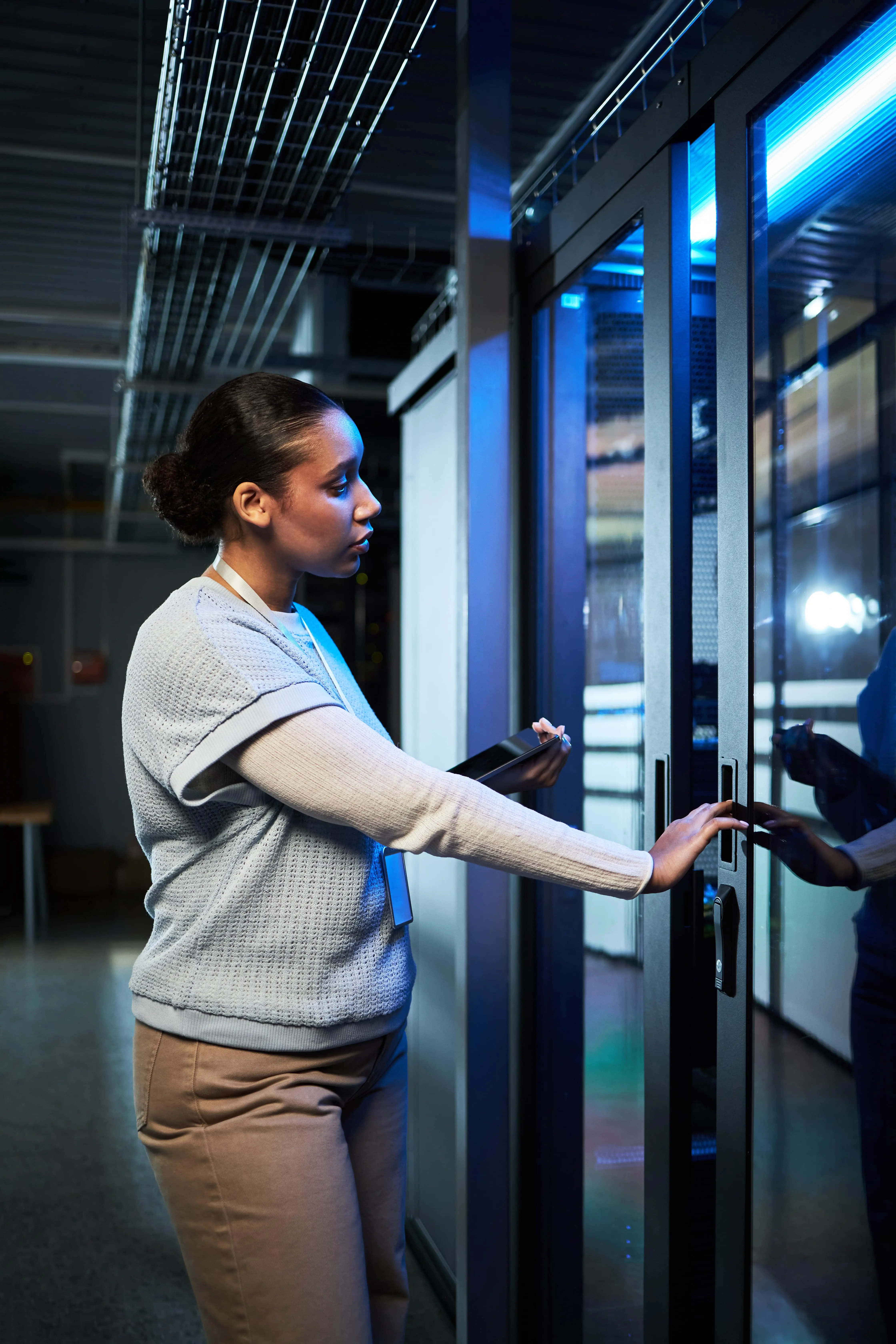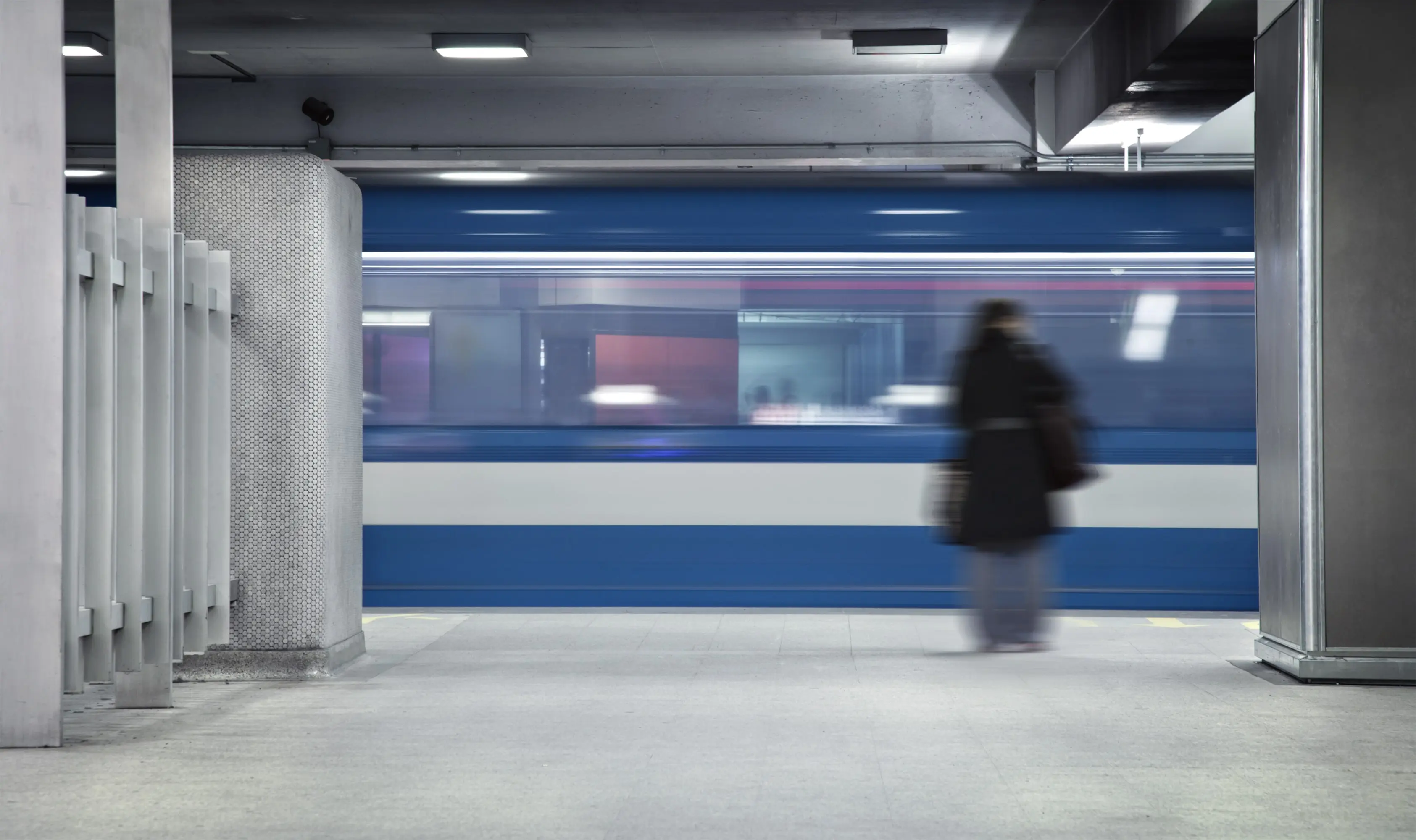Platform Screen Door Pricing and Market Analysis: Complete Financial Guide
Understanding the financial landscape of Platform Screen Door (PSD) systems is crucial for metro operators, investors, and transportation authorities. This comprehensive analysis examines Platform Screen Door Systems pricing structures, market trends, return on investment calculations, and global market dynamics.
1. Platform Screen Door System Pricing Structure
Platform Screen Door system pricing involves multiple components and variables that significantly impact the total investment required for implementation.
Primary Cost Components Analysis
Hardware Costs (60-70%)
- Door panels and frames: $15,000-25,000 per panel
- Drive systems and motors: $8,000-12,000 per door
- Control systems: $20,000-30,000 per station
- Safety sensors: $5,000-8,000 per station
- Emergency systems: $10,000-15,000 per station
Installation & Services (30-40%)
- Installation labor: $2,500-4,000 per meter
- Engineering design: $50,000-80,000 per station
- Testing & commissioning: $30,000-50,000
- Project management: $20,000-35,000
- Training & documentation: $15,000-25,000
Platform Length Impact on Pricing
| Platform Length | Number of Doors | Base System Cost | Installation Cost | Total Investment |
|---|---|---|---|---|
| 50 meters | 8-10 doors | $400,000 - $500,000 | $150,000 - $200,000 | $550,000 - $700,000 |
| 100 meters | 16-20 doors | $800,000 - $1,000,000 | $250,000 - $350,000 | $1,050,000 - $1,350,000 |
| 150 meters | 24-30 doors | $1,200,000 - $1,500,000 | $350,000 - $450,000 | $1,550,000 - $1,950,000 |
| 200 meters | 32-40 doors | $1,600,000 - $2,000,000 | $450,000 - $600,000 | $2,050,000 - $2,600,000 |
2. System Type Pricing Comparison
Different Platform Screen Door system types offer varying cost structures and functionality levels, allowing operators to choose solutions that match their budget and requirements.
Full Height Platform Screen Doors (PSD)
$20,000 - $30,000
per door panel- Complete environmental separation
- Maximum energy efficiency
- Highest safety level
- Premium aesthetic appearance
Half Height Platform Screen Doors (APG)
$12,000 - $18,000
per door panel- Cost-effective safety solution
- Good energy efficiency
- Suitable for existing stations
- Lower installation complexity
Rope Screen Doors (RSD)
$8,000 - $12,000
per door section- Minimal infrastructure requirements
- Quick installation process
- Basic safety functionality
- Lower maintenance costs
Sliding Platform Gates (SPG)
$15,000 - $22,000
per gate unit- Moderate environmental control
- Good cost-benefit ratio
- Suitable for retrofitting
- Flexible configuration options
3. Return on Investment (ROI) Analysis
Platform Screen Door systems provide financial returns through energy savings, operational efficiency improvements, and reduced liability costs.
ROI Calculation Model
Annual Financial Benefits (per 100m platform)
Energy Savings
- HVAC cost reduction: $25,000 - $35,000
- Heating cost savings: $15,000 - $20,000
- Ventilation efficiency: $10,000 - $15,000
- Total energy savings: $50,000 - $70,000
Operational Benefits
- Reduced delays: $30,000 - $40,000
- Maintenance savings: $20,000 - $25,000
- Insurance reductions: $10,000 - $15,000
- Staff efficiency: $15,000 - $20,000
ROI Timeline Analysis
ROI Calculation Example (100m platform, $1.2M investment)
Energy savings: $60,000
Operational benefits: $65,000
Total: $125,000/year
Maintenance: $25,000
Operations: $15,000
Total: $40,000/year
$125,000 - $40,000 = $85,000
ROI Period: 14.1 years
25-year NPV: $950,000
4. Total Cost of Ownership (TCO) Analysis
Understanding the complete financial picture requires analyzing all costs throughout the system's operational lifetime.
25-Year TCO Breakdown
| Cost Category | Initial (Year 0) | Years 1-5 | Years 6-15 | Years 16-25 | Total (25 years) |
|---|---|---|---|---|---|
| System Purchase | $1,200,000 | - | - | - | $1,200,000 |
| Installation | $350,000 | - | - | - | $350,000 |
| Regular Maintenance | - | $125,000 | $300,000 | $400,000 | $825,000 |
| Major Overhauls | - | - | $200,000 | $300,000 | $500,000 |
| Energy Costs | - | $50,000 | $120,000 | $180,000 | $350,000 |
| Total TCO | $1,550,000 | $175,000 | $620,000 | $880,000 | $3,225,000 |
5. Global Market Analysis and Trends
The Platform Screen Door market is experiencing significant growth driven by urbanization, safety concerns, and energy efficiency requirements.
Market Size and Growth Projections
$1.2B
Global Market 2024
8.5%
Annual Growth Rate
$2.1B
Projected 2030
45%
Asia-Pacific Share
Regional Market Analysis
Asia-Pacific Region
- Market share: 45% ($540M)
- Growth rate: 10.2% annually
- Key drivers: Urbanization, new metro lines
- Major markets: China, Japan, South Korea, India
- Price range: $800-1,200 per linear meter
European Region
- Market share: 30% ($360M)
- Growth rate: 7.8% annually
- Key drivers: Retrofitting, energy efficiency
- Major markets: UK, France, Germany, Spain
- Price range: $1,200-1,800 per linear meter
North American Region
- Market share: 15% ($180M)
- Growth rate: 6.5% annually
- Key drivers: Safety regulations, modernization
- Major markets: USA, Canada
- Price range: $1,400-2,000 per linear meter
Rest of World
- Market share: 10% ($120M)
- Growth rate: 9.2% annually
- Key drivers: New infrastructure, safety focus
- Major markets: Brazil, UAE, Turkey, Australia
- Price range: $900-1,400 per linear meter
6. Financing Options and Models
Various financing mechanisms are available to support Platform Screen Door implementations, each offering different advantages and risk profiles.
Financing Model Comparison
Direct Purchase
- Upfront cost: 100% of system value
- Ownership: Immediate full ownership
- Risk: Technology and performance risk
- Benefits: All energy savings and benefits
- Best for: Well-funded operators
Leasing Agreement
- Upfront cost: 10-20% down payment
- Monthly payments: $15,000-25,000 per 100m
- Term: 7-15 years typically
- Maintenance: Often included
- Best for: Cash flow management
Build-Operate-Transfer (BOT)
- Upfront cost: Zero capital investment
- Service fee: Based on performance metrics
- Risk transfer: Contractor assumes risks
- Duration: 15-25 years typically
- Best for: Risk-averse operators
Public-Private Partnership (PPP)
- Shared investment: 30-70% private funding
- Risk sharing: Distributed risk model
- Revenue sharing: Based on performance
- Duration: 20-30 years
- Best for: Large-scale projects
7. Cost Optimization Strategies
Strategic approaches to reduce Platform Screen Door implementation costs while maintaining safety and performance standards.
Cost Reduction Approaches
Phased Implementation Strategy
- Busy downtown stations
- Transfer stations
- High-incident locations
Cost savings: 15-20%
- Medium-traffic stations
- Standard configurations
- Bulk procurement benefits
Cost savings: 10-15%
- Remaining stations
- Standardized systems
- Economies of scale
Cost savings: 20-25%
8. Market Competitive Landscape
The Platform Screen Door market features several key players with different pricing strategies and market positioning.
Major Market Players and Pricing
| Company | Market Share | Price Range (per door) | Key Strengths | Target Markets |
|---|---|---|---|---|
| Nabtesco Corporation | 18% | $18,000 - $28,000 | Technology innovation | Japan, Asia-Pacific |
| Westinghouse | 15% | $20,000 - $30,000 | Reliability, safety | North America, Europe |
| Faiveley Transport | 12% | $16,000 - $25,000 | European standards | Europe, Middle East |
| Shanghai Electric | 10% | $12,000 - $20,000 | Cost competitiveness | China, developing markets |
| Others | 45% | $10,000 - $25,000 | Regional expertise | Local markets |
9. Future Market Projections and Trends
Emerging trends and technologies are reshaping the Platform Screen Door market landscape and pricing structures.
Technology Impact on Pricing
Cost Reduction Trends
- Modular designs: 15-20% cost reduction
- Standardization: 10-15% savings
- Manufacturing automation: 8-12% reduction
- Competition increase: 5-10% price decline
Value Enhancement Trends
- Smart sensors: Enhanced safety features
- IoT integration: Predictive maintenance
- Energy optimization: Improved ROI
- AI controls: Better performance
10. Investment Decision Framework
A structured approach to evaluating Platform Screen Door investments considering financial, operational, and strategic factors.
Decision Matrix Evaluation
Key Investment Criteria
- Initial investment capacity
- ROI timeline acceptability
- Operating cost impact
- Financing options availability
- Safety improvement requirements
- Energy efficiency goals
- Passenger experience enhancement
- System integration complexity
- Regulatory compliance needs
- Market positioning goals
- Technology advancement alignment
- Competitive advantage creation
- Technology obsolescence risk
- Implementation complexity
- Supplier reliability
- Market condition stability
Conclusion
Platform Screen Door system investments require careful financial analysis considering initial costs, operational benefits, and long-term value creation. With proper planning and strategic implementation, these systems provide strong return on investment through energy savings, operational efficiency improvements, and enhanced safety. The growing global market offers opportunities for cost optimization through competitive pricing and innovative financing models. As technology advances and manufacturing scales increase, Platform Screen Door systems are becoming increasingly accessible and financially attractive for metro operators worldwide.










